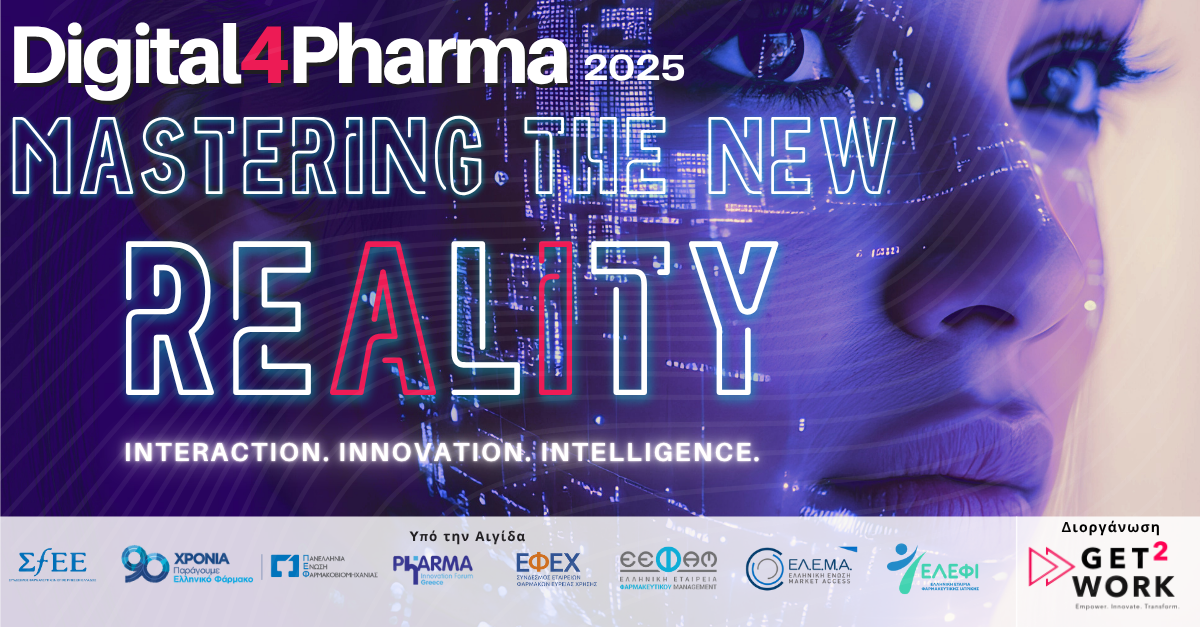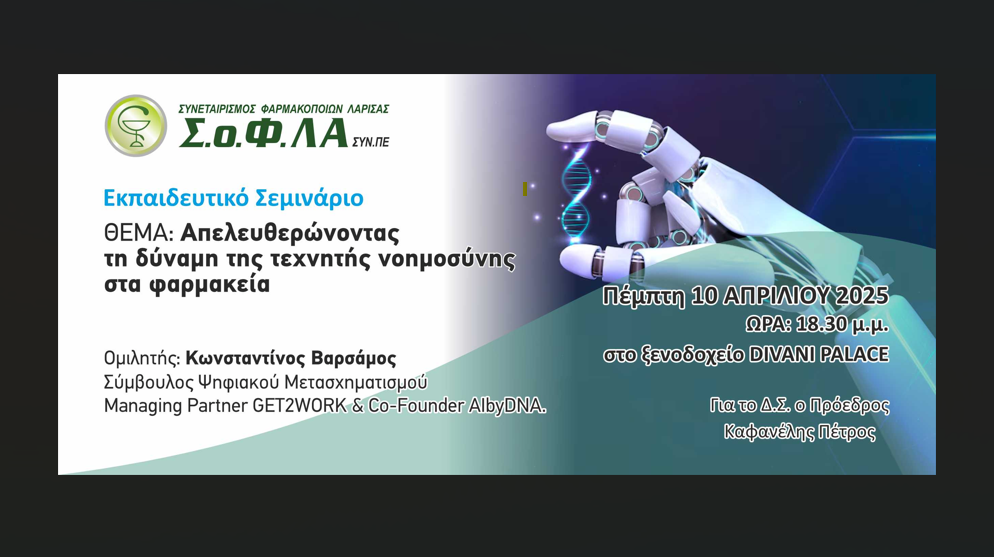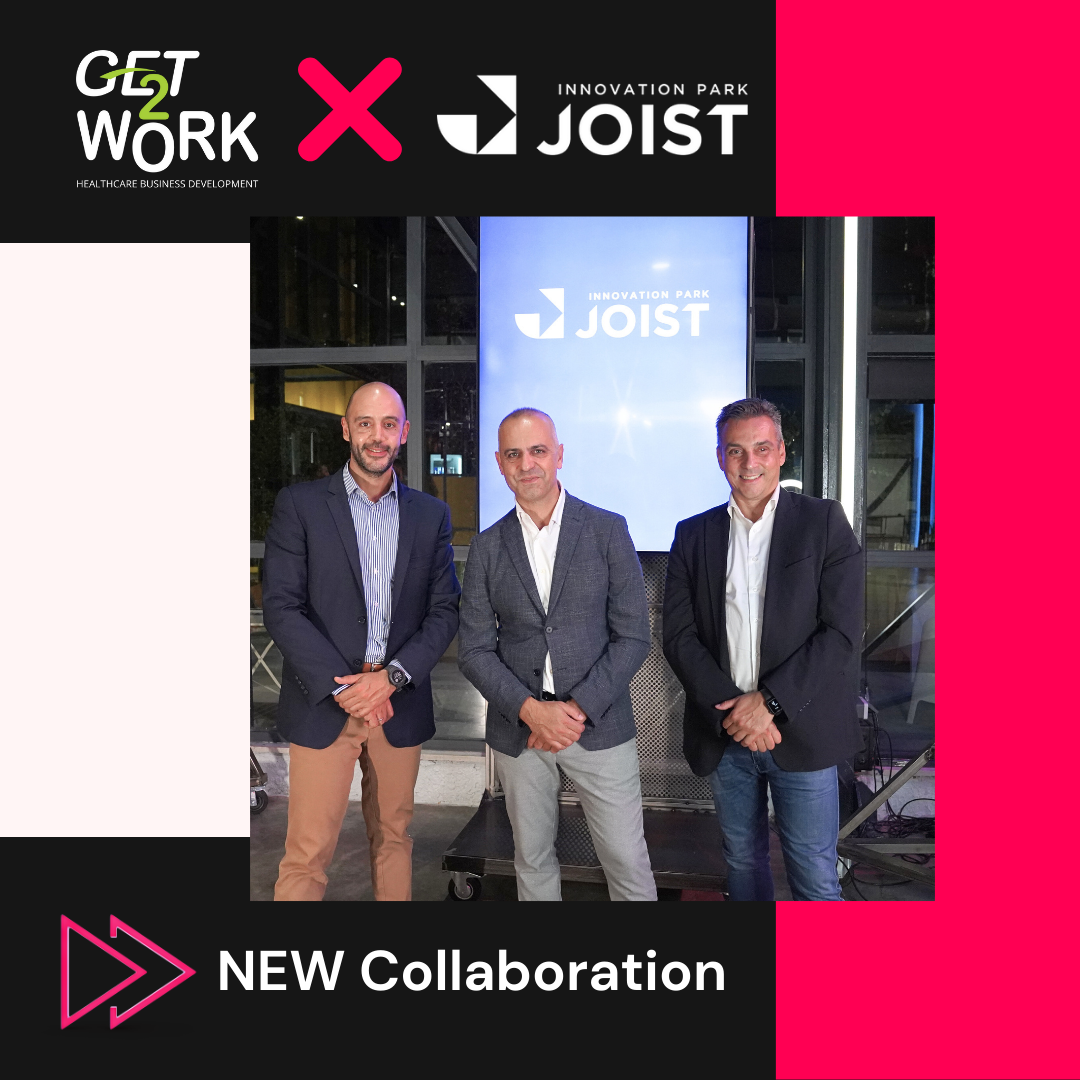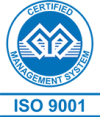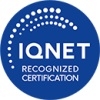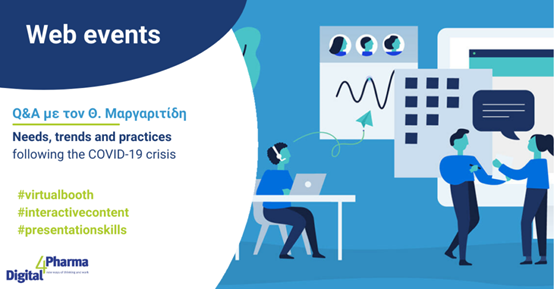
Following his speech at the #Digital4Pharma webinar in July 2020, Thomas Margaritidis, CEO of Margaritidis Audio Visual, answers the questions posed by the participants, and we are publishing his highly interesting responses:
Do hybrid events have advantages? If yes, which ones?
I suppose the question contains a hidden phrase. It would be more complete to ask: “Do hybrid events have advantages for those who want to promote products through them?”
The answer, and the challenge, lies in activating the appropriate tools. Perhaps we need to think a bit more radically, outside the classic event format… We need to examine whether simply “translating” physical booths into an electronic form would be enough, and whether booths should remain confined to the narrow limits of an event. Customer service and care have until now been limited to specific methods, hours, and timeframes. Could there be a need for an “extended schedule”?
All of this can be transformed with the introduction of innovative tools.
In the case of “on demand,” how can we interact with customers?
Everything depends on the proper design of the tool. For example, content could be created in video format with algorithmic logic. In practice, depending on the response given by the participant to an initial question, they are guided down a personalized path, following different material. By adopting this logic, all the content can be structured in a tree-like fashion. This increases interest, makes the training more targeted and adapted to the level of existing knowledge, and achieves the desired result, both for the provider of the training and for the trainee.
Is there a “necessary” number of trained speakers in Greece? Should we start with “training” the speakers to improve the customer experience? This way, we will increase engagement?
The answer to whether we should start with training speakers is a resounding yes, we must begin speaker training. This is something we should have done already, even before the online era.
In the year since online events gained prominence, I have noticed that speakers are more familiar with e-learning platforms. However, this doesn’t automatically make them good or engaging speakers. The need for speaker training is perhaps even greater than before. And I’m not only referring to online or hybrid events. For the immediate future, I see one given fact and one potential condition.
The fact: Our listeners no longer stand in front of a screen just to watch our events. They watch more TV, they watch more videos on YouTube, some of which are excellent productions. Therefore, they are now more demanding.
The condition: When we return to physical audiences, it is very likely that we will have an oversupply of events. In that case, the viewer won’t be able to attend five events a day to fill the gap of months without physical participation. Therefore, they will choose events with the best quality. Certainly, well-organized events from a technical perspective, in an impressive hall, and all the surroundings will play a significant role, but at the core of quality lies the information carrier — the panel of speakers.
The number of speakers is relative. We may not have as many as we would like, but we are not lacking either. Training those with the necessary knowledge, who could potentially evolve into carriers of messages, is something built by specialists — and there are such specialists — using the right tools. We don’t need to wait until we have enough speakers to start. In any case, the process of speaker training is dynamic. Even when we have a sufficient number, we will aim to expand options, variety, and upgrade the capabilities of those already trained.
What is the future of online events?
One thing is certain: Online, and therefore hybrid events, are here to stay. They will likely not overshadow physical events, but they will have an important role as a practice.
The listener, after months where both work and entertainment were limited to home, is now familiar with websites, platforms, profiles, e-commerce, and services. We should use this to our advantage and build upon it. The right selection of tools can provide users with experiences and offer us data that we haven’t used before. On the online side of events, we can know how many, exactly who, and for how long participants watched, even which part of a transmission. Which brochures were viewed the most, what times they prefer to visit us, which words they use most frequently when submitting questions, etc.

